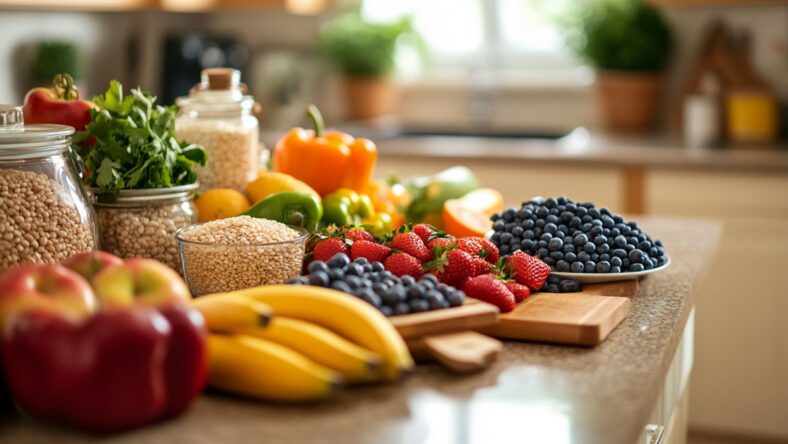
After being rushed to hospital in 2024 with heart issues, I’ve had to rethink how I eat, live, and look after my health. I went from taking no medication to lots, but the biggest change was adapting to a heart-healthy diet. One aspect of that is factoring in low-sodium foods.
Part of my recovery included going to food and health workshops where I kept hearing about “low-sodium” foods. At first, I didn’t get it. I thought, how much difference can a bit of salt really make? Turns out, a lot. Sodium (which is the main part of salt) pulls water into your blood vessels. That raises blood pressure and makes your heart work harder. Over time, it can lead to heart disease, strokes, and even kidney problems.
That’s why eating less sodium became a huge part of my new daily routine. The goal isn’t to cut out flavour or joy from food, but to replace old habits with new ones that support the heart. And I found that certain foods not only fit into a low-sodium diet, but help improve heart health.
This list of 10 foods has been a big part of my journey. These aren’t just “healthy foods” I read about in a book, these are things I’ve eaten, questioned, cooked, and learned to enjoy. If you’re trying to protect your heart, lower your blood pressure, or just feel better day to day, I’d say give them a try. You might be surprised at what works for you.
Sweet Potatoes (12 mg sodium per medium sweet potato)
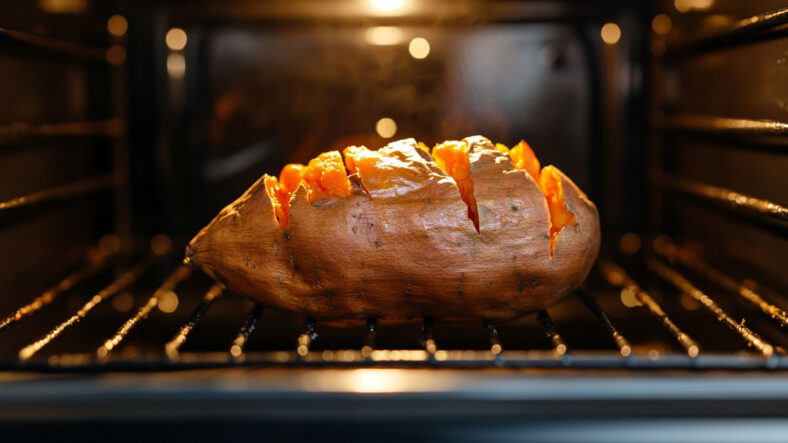
High in potassium and fiber, helping to lower blood pressure.
Sweet potatoes are a big part of my new way of eating. Since my heart scare in 2024, I’ve sat through many food and health workshops, and guess what, sweet potatoes always come up. They’re one of the go-to veggies in the low-sodium show.
What I love is how easy they are. Just give them a rinse, stab the skin a few times with a knife, and pop them in the oven. In 30 to 60 minutes, you’ve got a healthy base for any meal. Want the skin crispy? Just leave them in longer.
They’re full of potassium, which helps lower blood pressure, and fiber, which keeps things moving and helps your heart. And with only 12 mg of sodium in one medium potato, they’re perfect when you’re trying to stay off salty foods.
Honestly, they’ve become a weekly go-to for me. Easy. Tasty. And heart-friendly.
Also Read: 10 Natural Ways to Boost Your Metabolism With Food
Unsalted Nuts (5–7 mg sodium per 100 g)
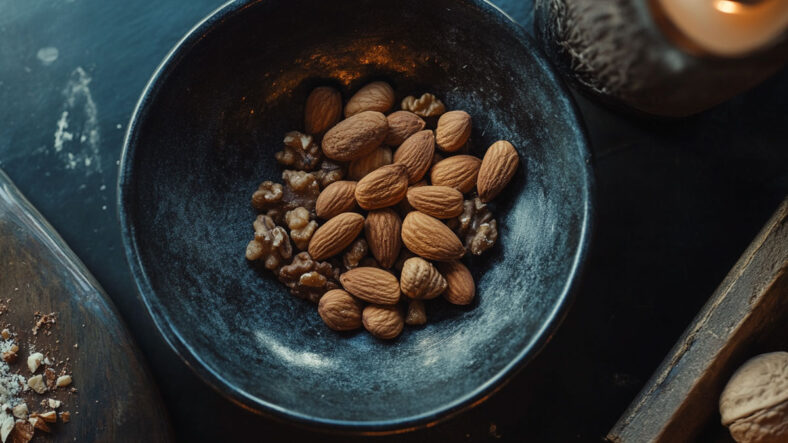
They contain healthy fats and magnesium that improve cholesterol levels.
Nuts were another big surprise for me at those health workshops. I used to think of them as just snacks, but when I started learning more, I realized they’re power-packed little health boosters. What’s wild is how each type of nut has something special to offer. Almonds, walnuts, and cashews all give your body different good stuff.
One of the biggest things I noticed since adding a small handful of nuts to my day, fewer crashes and cravings. That used to be a huge part of what threw me off track, especially when I was just starting on this heart-healthy journey.
Yes, they’re not cheap. But spending about $20 a month on unsalted nuts is worth it to me (and might be for you). You get healthy fats, magnesium to help your cholesterol, and just 5 to 7 mg of sodium per 100 grams. That’s a small price for something that’s helping me try and get off certain medications.
Brown Rice (5 mg sodium per cup, cooked)
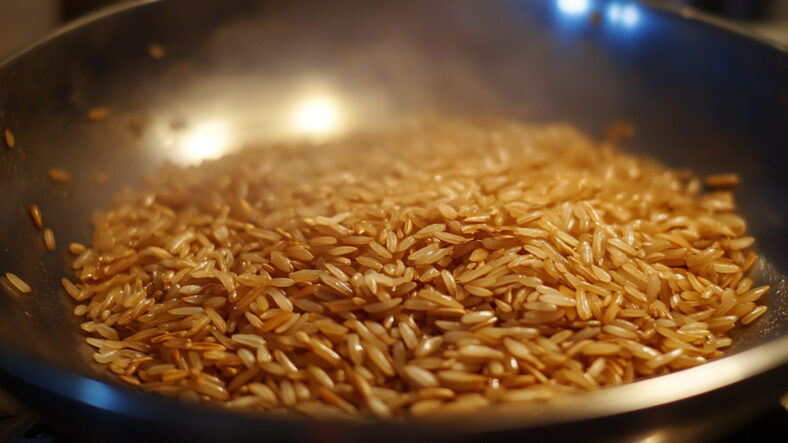
Provides magnesium and selenium for heart health.
One of the biggest changes I made after my heart scare was swapping out carbs, like white bread, white pasta, and white rice. Now it’s all about wholemeal, wholewheat, sweet potatoes, and brown rice. And here’s the thing, I honestly can’t taste much of a difference between white and brown rice. But the health difference is massive.
Brown rice still has the outer layers, which they call the bran and germ. That’s where the fiber, magnesium, and selenium live. These help lower cholesterol and keep your heart strong. White rice, on the other hand, is more processed. The good stuff gets stripped away, and that can cause your blood sugar to spike. Not great when you’re dealing with certain health issues.
And when it comes to sodium, brown rice is super low, just 5 mg per cooked cup. That’s important because sodium sneaks into everything, especially in sauces and packaged foods. So using brown rice as a base in dishes, especially Asian meals (which I love) can help keep things balanced.
Dried Beans (e.g., Black Beans) (<5 mg sodium per cup, dried)
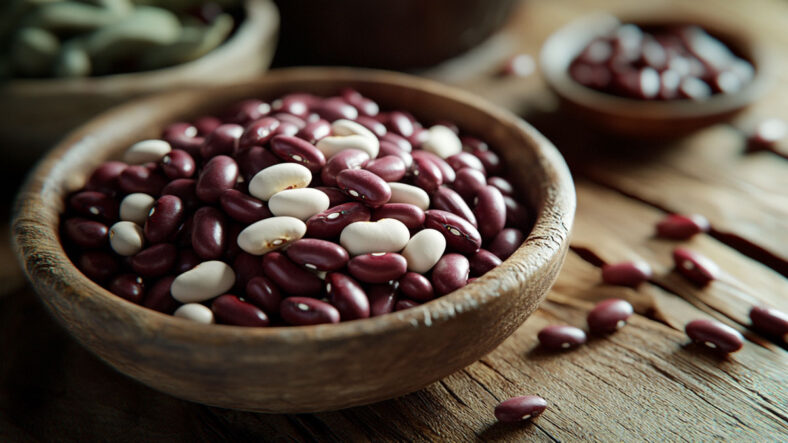
Rich in fiber and plant-based protein that supports heart health.
When I first started these heart health workshops, I wasn’t sold on beans. I remember asking, “But what can we even cook with those?” It just felt like they were pushing boring (and often expensive foods) that would take hours to prepare and cook. I was wrong.
They asked me my favorite dish, and I said chili. They told me I didn’t have to ditch chili, just swap the red meat for beans and turn it into a five-bean chili. Same comfort food, way better for my heart. That moment flipped my thinking, don’t give up the meals you love, just adapt them.
Now I use cheap dried beans (I’m talking 30–40 cents a can) in salads, tacos, stews, loads of meals. And they’re not just filling, they’re powerful. They’ve got plant-based protein, loads of fiber to help with cholesterol and blood sugar, and less than 5 mg of sodium per cup (as long as you rinse them if they’re canned).
And don’t get me wrong, if you’re making these changes, you can still enjoy the things you love, but you’ll be doing it as part of a healthier diet (for example, I still sometimes have a meaty chilli).
Bell Peppers (4 mg sodium per medium pepper)
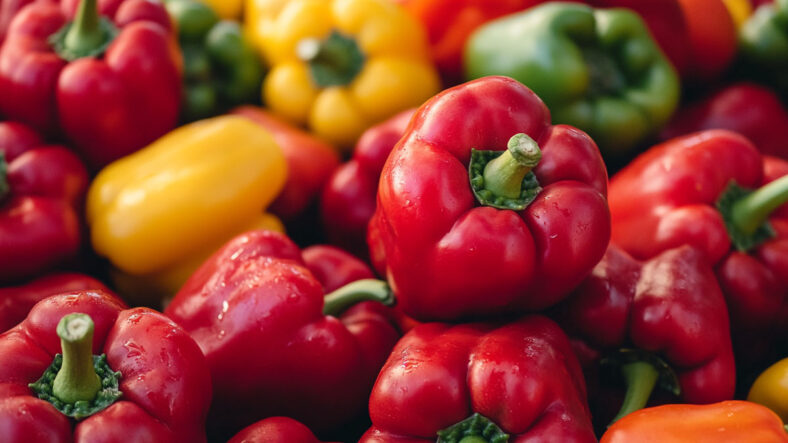
Loaded with vitamins A and C, supporting vascular health.
Bell peppers are another food that pop up at nearly every health workshop I’ve been to. They’re bright, crunchy, and packed with the kind of nutrients your heart loves, especially vitamins A and C, which help keep your blood vessels healthy.
Yeah, they can be a bit annoying to prep. The seeds stick to everything, and cutting them up takes a bit of effort. But they’re usually very affordable, easy to find (I’ve even seen them at gas stations), and you can prep a bunch at once. I slice them into strips and keep them ready in the fridge.
What I’ve done is swap chips and salsa (a particular past weakness) for bell pepper and carrot sticks with hummus. I won’t lie and say it’s tastier, but it’s definitely better for my heart. And if you’re reading this, that is what matters.
Plus, they’re pretty versatile as you can throw them into stir-fries, salads, or even a curry. They’ve got a great crunch (as long as you don’t overcook them), and at just 4 mg of sodium per pepper, they’re a smart, heart-friendly choice I’ve started to rely on when cravings hit.
Oranges (2 mg sodium per medium orange)
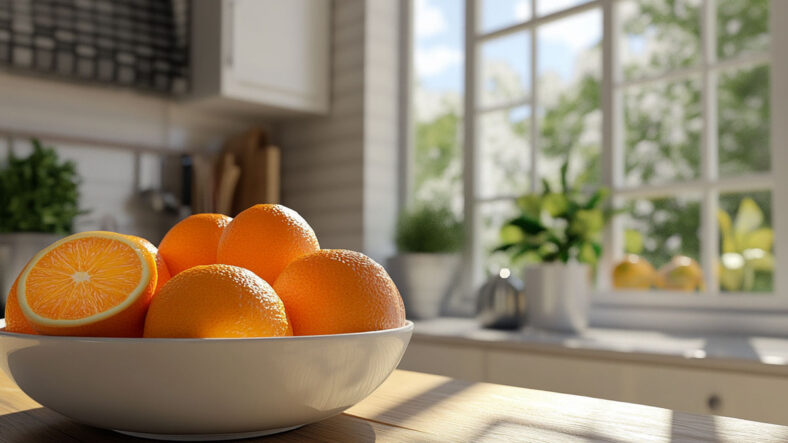
High in vitamin C and potassium, promoting healthy blood vessels.
I’ve got a big bowl of oranges sitting right by the walkway into my kitchen. Not just for the colour, though they are bright and hard to miss. But because they act like a silent reminder when I go hunting for snacks. They’re sweet, juicy, and honestly, they make me feel like I’m treating myself while still doing something good for my body.
One whole orange has barely any sodium, just 2 mg, and it’s packed with vitamin C and potassium. That combo helps keep blood vessels strong and supports heart health, which is now front and centre in my life. Since the heart scare and all the follow-up changes I’ve had to make, finding things that feel like a treat and help me stay on track is a win.
If you are reading this, you are probably looking for easy wins to when it comes to your diet, and oranges are very much that. Seriously, oranges have become my way to beat those snack cravings without derailing the plan. Simple, tasty, and they do the job. So they might work for you to.
Also Read: Eat These 10 Foods Year-Round for a Stronger Immune System
Berries (1 mg sodium per cup)

Packed with antioxidants and polyphenols that reduce inflammation and improve heart health.
Berries have become a bit of a superstar in my diet, and apparently, I got it right. At two different appointments, I’ve mentioned I eat blueberries daily, and on different occasions, a heart specialist and a dietician gave me a pat on the back and well done, in what could only be described as a proper schoolboy moment.
These little fruits are loaded with antioxidants and polyphenols, big words that basically mean they help your body fight inflammation and protect your heart. But the key takeaway is that you don’t need loads. Just a small handful each day makes a difference.
I usually add mine to oatmeal or Greek yogurt, but they’re also brilliant in a trail mix with unsalted nuts. And unlike a lot of “healthy” snacks that taste like cardboard, berries are sweet and full of flavor. They don’t feel like a sacrifice, they feel like a treat that happens to be really good for you. And with just 1 mg of sodium per cup, they’re an easy win in any heart-healthy diet.
Apples (1 mg sodium per medium apple)
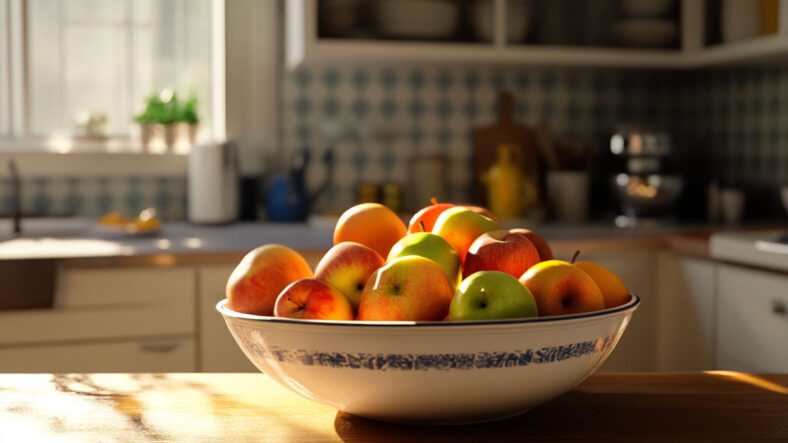
Rich in fiber and antioxidants, supporting overall cardiovascular health.
Apples were one of the first fruits I grabbed onto after the heart scare. They were easy, familiar, and low in sodium, just 1 mg per apple. At the time, that ticked all the boxes. These days, I still eat them, just not as often. They can be a bit tart for me, but we still go through several as a family every week.
Even if they’re not my top fruit anymore, I can’t ignore the benefits. Apples are full of fiber and antioxidants, both of which help your heart stay healthy. I still slice them up now and then to toss into Greek yogurt or a fruit salad. It’s an easy way to sneak them in.
If apples are your thing, go for it. They’re simple, cheap, and seriously heart-friendly.
Bananas (1 mg sodium per medium banana)
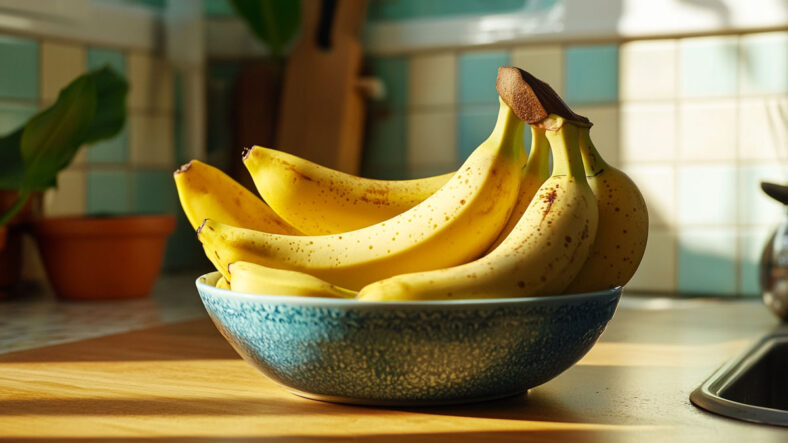
High in potassium, which helps regulate blood pressure and counteracts sodium’s effects.
Bananas are a daily part of my breakfast now, sliced over oatmeal with a handful of blueberries. It’s become my go-to start to the day. Super simple, super healthy, and packed with what my heart needs.
Not everyone’s a fan, my wife, for example, loves the flavor of bananas but can’t stand the texture. Fair enough. But for me, bananas just work. They’re available pretty much everywhere I shop, and they don’t break the bank. That makes them one of the easiest low-sodium foods to keep stocked (and you have to work through them otherwise they go off quickly and become a waste of money).
With just 1 mg of sodium per banana and loads of potassium, they help balance out the effects of salt in the body. It’s that kind of behind-the-scenes work that helps with blood pressure, and that’s something I’ve had to stay on top of.
If you’re after low-sodium foods that are easy to add into your routine, bananas should be on your list.
Oatmeal (0–2 mg sodium per serving, plain)
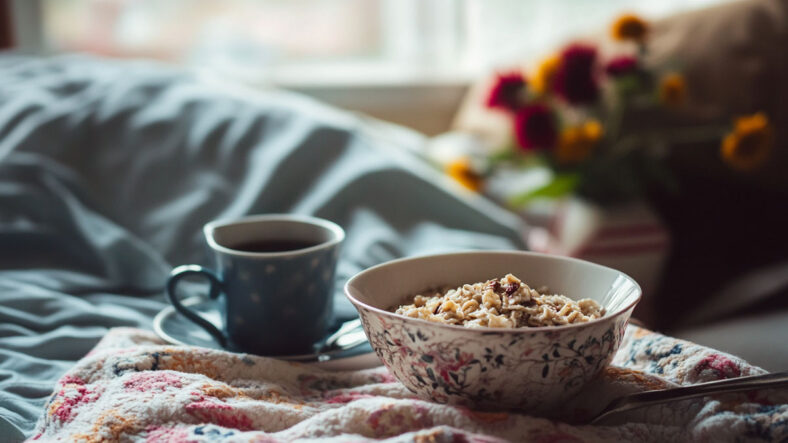
Contains soluble fiber that helps lower LDL cholesterol.
If you’d told me a year ago that I’d be eating oatmeal every single day, I would’ve laughed. It always looked like the kind of thing school kids or old folks were forced to eat, plain, boring, and not remotely tempting.
But then I discovered ultra-smooth oatmeal and learned how to cook it properly. Game-changer. It still doesn’t have much flavor on its own (it tastes like… nothing), but that’s the secret weapon. You can top it with just about anything, blueberries, banana slices, unsalted nuts, seeds, even a drizzle of real honey, and suddenly, it becomes whatever you want it to be.
It’s also been a lifesaver during those tough nights when cravings hit hard. That’s right, I was eating it late in the day just to fight off those crashes.
And here’s the kicker, it’s seriously good for your heart. Oatmeal is packed with soluble fiber, which helps lower bad cholesterol (LDL). And if you stick with the unflavored stuff, it’s almost sodium-free, just 0–2 mg per serving.
If you can find a way to make it work for your taste, oatmeal is one of the best low-sodium foods out there. Simple, filling, and heart-healthy.
